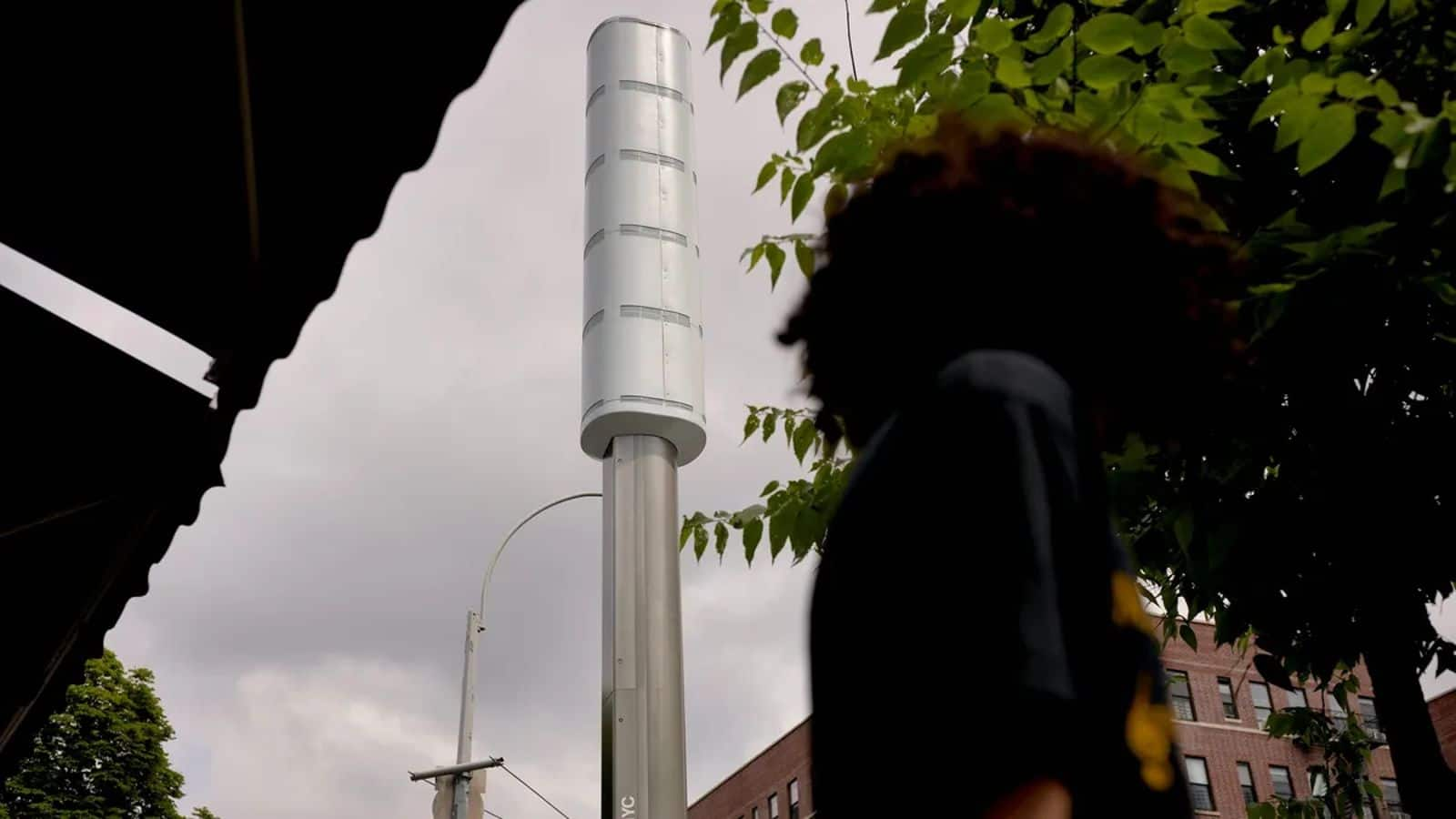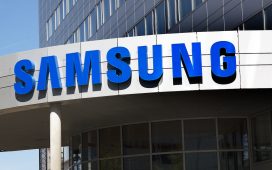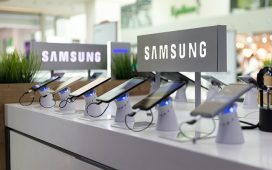What’s the story
A team of scientists from the University of California has proposed an innovative strategy that could potentially extend smartphone battery life by up to 50% in urban areas.
According to a report by New Scientist, this approach involves building a network of smaller 5G towers instead of relying on one large tower.
The researchers believe this method could also reduce carbon emissions and enhance overall network coverage.
Researchers detail benefits of smaller 5G towers
The researchers mention that implementing such a densification strategy could potentially result in 3x power savings by avoiding significant wireless signal losses due to high range.
The implementation could also lead to 50% improvement in battery life for smartphones.
When a phone struggles with weak signals, it uses more power to send larger data packets to distant cell towers.
As the networks would be located closer and at lower heights, the phones wouldn’t have to work as hard to connect.
Technological advancement
5G technology makes dense network possible
The concept of small-cell networks was impractical during the 4G era due to significant lags that made large-power base stations more efficient.
However, with the advent of 5G technology, devices can switch between towers smoothly, making this denser network possible.
This technological advancement could pave the way for improved network coverage and longer smartphone battery life.
Simulation validates small-cell network strategy
To validate their theory, the researchers simulated transmissions between base stations and mobile phones in 3D models of actual cities using open-source software.
The results indicated that to achieve the proposed benefits, the number of cell towers would need to increase fivefold.
However, each tower would only need to be 15m tall, making it feasible to mount them on street lights or buildings.









